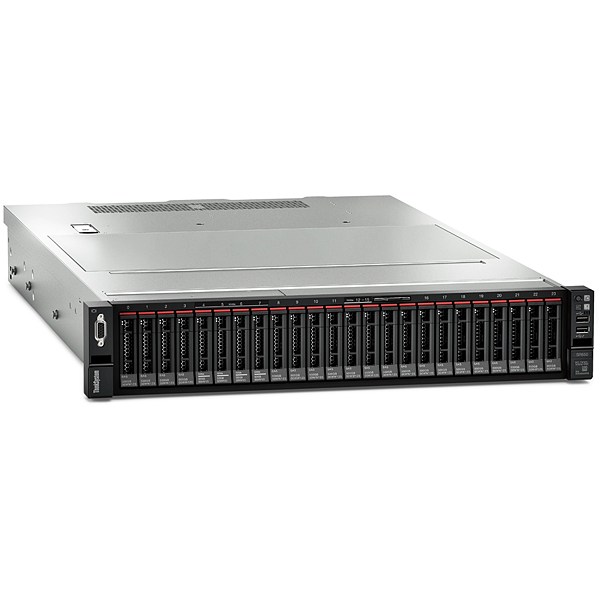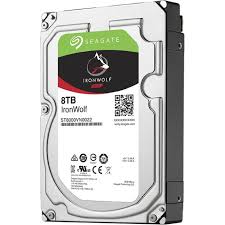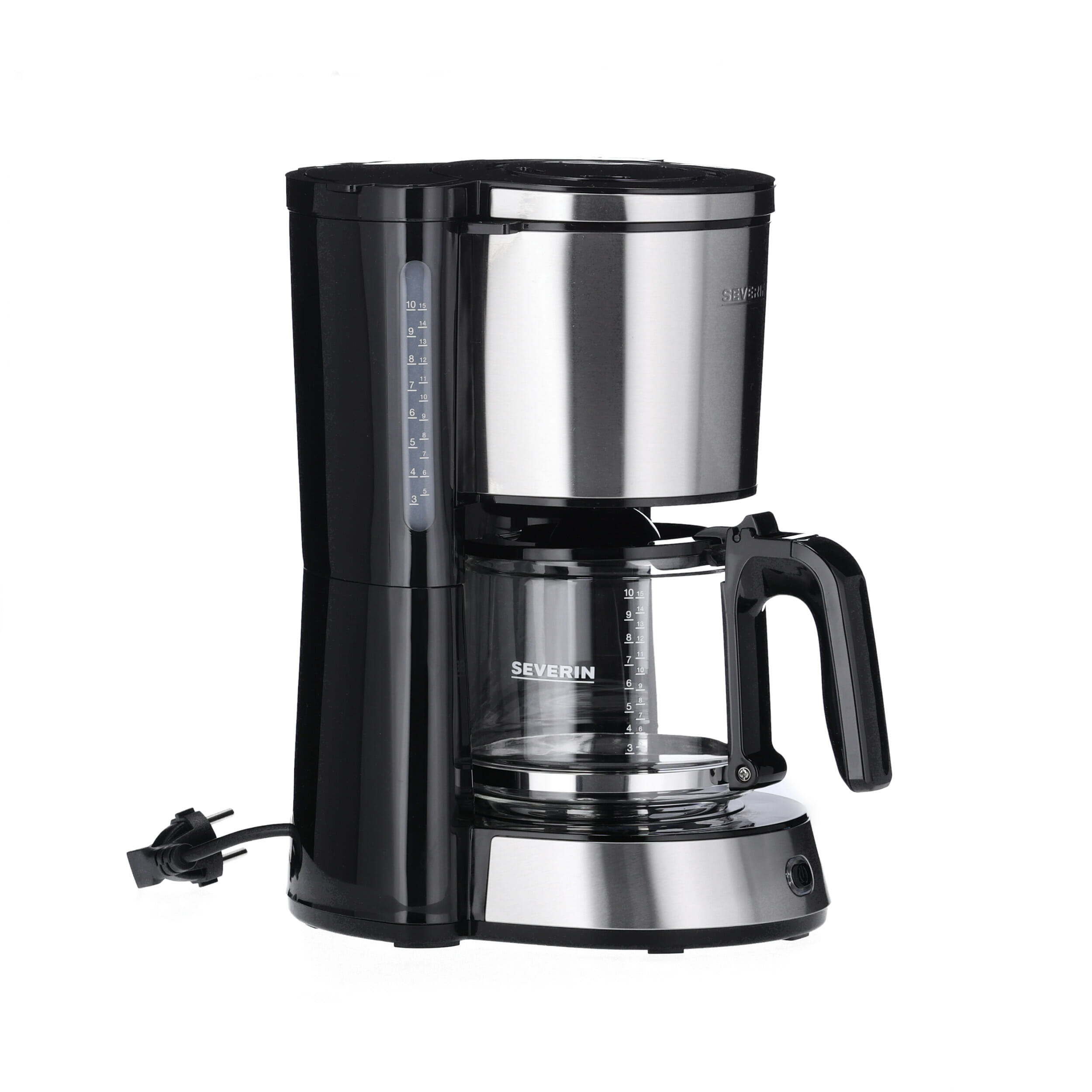
For example, some Consignment Sale Agreements may allow for the Consignee to sell the goods online while others may not. It’s also important to consider how long the Consignee will be allowed to hold the goods before they need to be returned. This is known as the “consignment period” and is typically negotiable between the Consignor and Consignee.
How consignment payments work
- For each accounting period, consignor calculates his consignment profit by making an account known as consignment account.
- A standard retail sale consists of a business selling a product, and pocketing all of the money made from the transaction.
- Any loss of goods occurred due to theft, fire or accident etc. will be born by the consignor and not by the consignee.
- Inventory management systems with stock control functionality can also enable goods suppliers and consignment shops to collaborate on the same platform.
This keeps inventory levels where they need to be to meet customer demands. Retailers can update their stock regularly without upfront costs, quickly adapting to new market trends. Consignment Sale is often used by businesses who want to increase their inventory without having to invest any money upfront.
New York Consignment Shop Laws, Articles and Regulations

Since the store or individual selling your items sets the prices and displays them as they see fit, you may not always be happy with how your products are presented or priced. For consignors, one major benefit is that they don’t have to worry about inventory management or storing excess stock. This frees up space and resources, while still allowing them to generate revenue from their products. Traditionally, consignment stores have been physical shops catering to a specific consumer need.
Cons for consignors
Another disadvantage of the consignment model is that sellers can lose control over how their products are marketed and sold. The consignment shop will generally take control of every aspect of marketing and presentation for a given product. This can mean that products are presented in a way that the owner how to record the disposal of assets or producer does not approve of. Sometimes, issues like this are covered in consignment agreements, but often selling on consignment means ceding a great deal of control to the consignment seller. With the amount of consignment shops open, there are some distinct advantages to this business model.
Negotiating a consignment sales agreement is crucial for both parties involved – the consignor and the consignee. Moreover, the consignee is only liable to pay the consignor for the goods sold, that too only after the sale is complete. The consignee or party Y is not a part of the sales process for a business or party X, however, they are the third party involved in the entire sales process to reach the customers.
What is consignment? Definition, Strategies & Advantages
Goods sold in this way are said to be “consigned” to a third party for sale. Items sold on consignment are typically sold by consignment shops, which receive a percentage of the revenue from the sale (sometimes a very large percentage) in the form of commission. The galleries display the artwork, handle marketing and sales, and take a commission from each sale.
This will give you a better understanding of what price points are reasonable for both parties. It’s also essential to cover shipping arrangements and who will be responsible for covering those costs. In addition, outlining what happens if an item gets lost or damaged during shipping should also be included in this section. Consider adding clauses that address potential issues that may arise during the course of the agreement. This could include policies around damaged or lost inventory, as well as procedures for terminating the contract early if necessary.
Note that such an arrangement puts the consignee in the driver’s seat to some extent and may require the consignor to accept a smaller percentage cut of the sales. The seller is entitled to pay the owner for the goods when the sale happens. Any leftover stock that isn’t sold is returned to the owner after the agreed arrangement expires. Consignment is specifically designed to stimulate your business, boost your growth, and help manage omni-channel sales. How can you get started in consignment sales while still keeping a handle on your sales and inventory? This guide contains all the key information you need about consignment.









